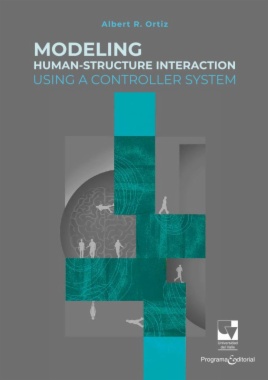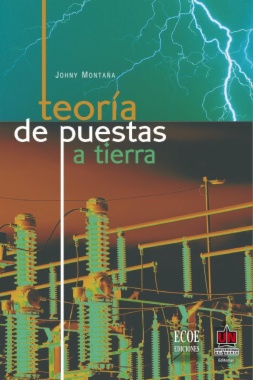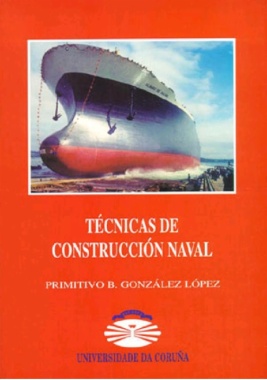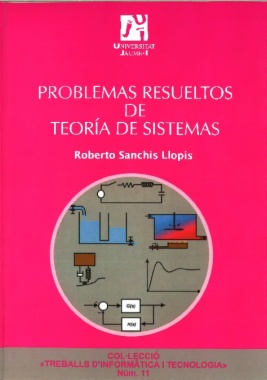
Estás filtrando por
Se encontraron 409 resultados en recursos

Compartir este contenido
Memoria del proceso productivo y criterios de calidad de la comunidad de Macedonia, Amazonas.
Copia el enlace o compártelo en redes sociales

Cartilla memoria del proceso productivo y criterios de calidad de la comunidad del kilómetro 11 vía Leticia Tarapacá, Amazonas.
Compartir este contenido
Cartilla memoria del proceso productivo y criterios de calidad de la comunidad del kilómetro 11 vía Leticia Tarapacá, Amazonas.
Copia el enlace o compártelo en redes sociales

Cartilla memoria del proceso productivo y criterios de calidad de la comunidad del kilómetro 6 vía Leticia Tarapacá, Amazonas.
Compartir este contenido
Cartilla memoria del proceso productivo y criterios de calidad de la comunidad del kilómetro 6 vía Leticia Tarapacá, Amazonas.
Copia el enlace o compártelo en redes sociales

Cartilla memoria del proceso productivo y criterios de calidad de la comunidad del corregimeinto de El Encanto Amazonas.
Compartir este contenido
Cartilla memoria del proceso productivo y criterios de calidad de la comunidad del corregimeinto de El Encanto Amazonas.
Copia el enlace o compártelo en redes sociales

Modeling Human-Structure Interaction Using a Controller System
Compartir este contenido
Modeling Human-Structure Interaction Using a Controller System
Copia el enlace o compártelo en redes sociales

Teoría de puestas a tierra
Compartir este contenido
Teoría de puestas a tierra
Copia el enlace o compártelo en redes sociales

Técnicas de construcción naval
Compartir este contenido
Técnicas de construcción naval
Copia el enlace o compártelo en redes sociales

Problemas resueltos de teoría de sistemas
Compartir este contenido
Problemas resueltos de teoría de sistemas
Copia el enlace o compártelo en redes sociales

Modelo de automatización de procesos para un sistema de gestión a partir de un esquema de documentación basado en Business Process Management (bpm)
Compartir este contenido
Modelo de automatización de procesos para un sistema de gestión a partir de un esquema de documentación basado en Business Process Management (bpm)
Copia el enlace o compártelo en redes sociales
![Imagen de apoyo de Gestión para el control y el aseguramiento de la calidad / autores, John Alexander Ardila Evan [y otros cuatro] ; prologuista, Mauricio Gómez Vásquez](/static/biblored/img/resource/type-book.d5ecb98a8a0e.svg)
Gestión para el control y el aseguramiento de la calidad / autores, John Alexander Ardila Evan [y otros cuatro] ; prologuista, Mauricio Gómez Vásquez
Compartir este contenido
Gestión para el control y el aseguramiento de la calidad / autores, John Alexander Ardila Evan [y otros cuatro] ; prologuista, Mauricio Gómez Vásquez
Copia el enlace o compártelo en redes sociales
Selecciona las Colecciones en las que vas a añadir el contenido
Para consultar los contenidos añadidos busca la opción Tus colecciones en el menú principal o en Mi perfil.
